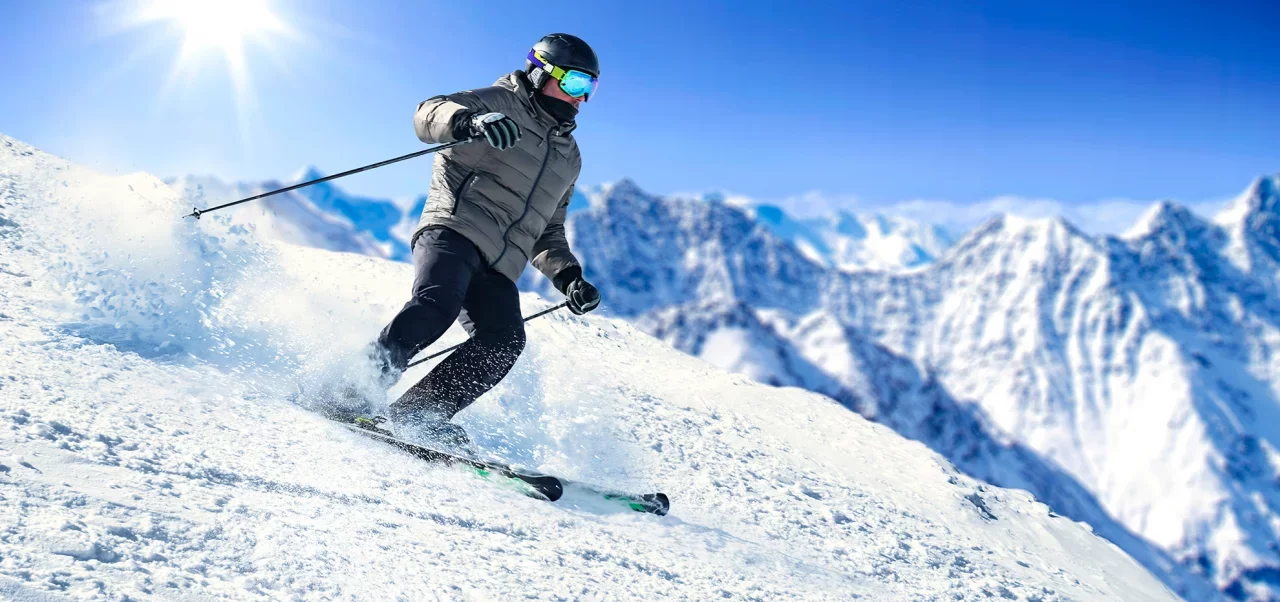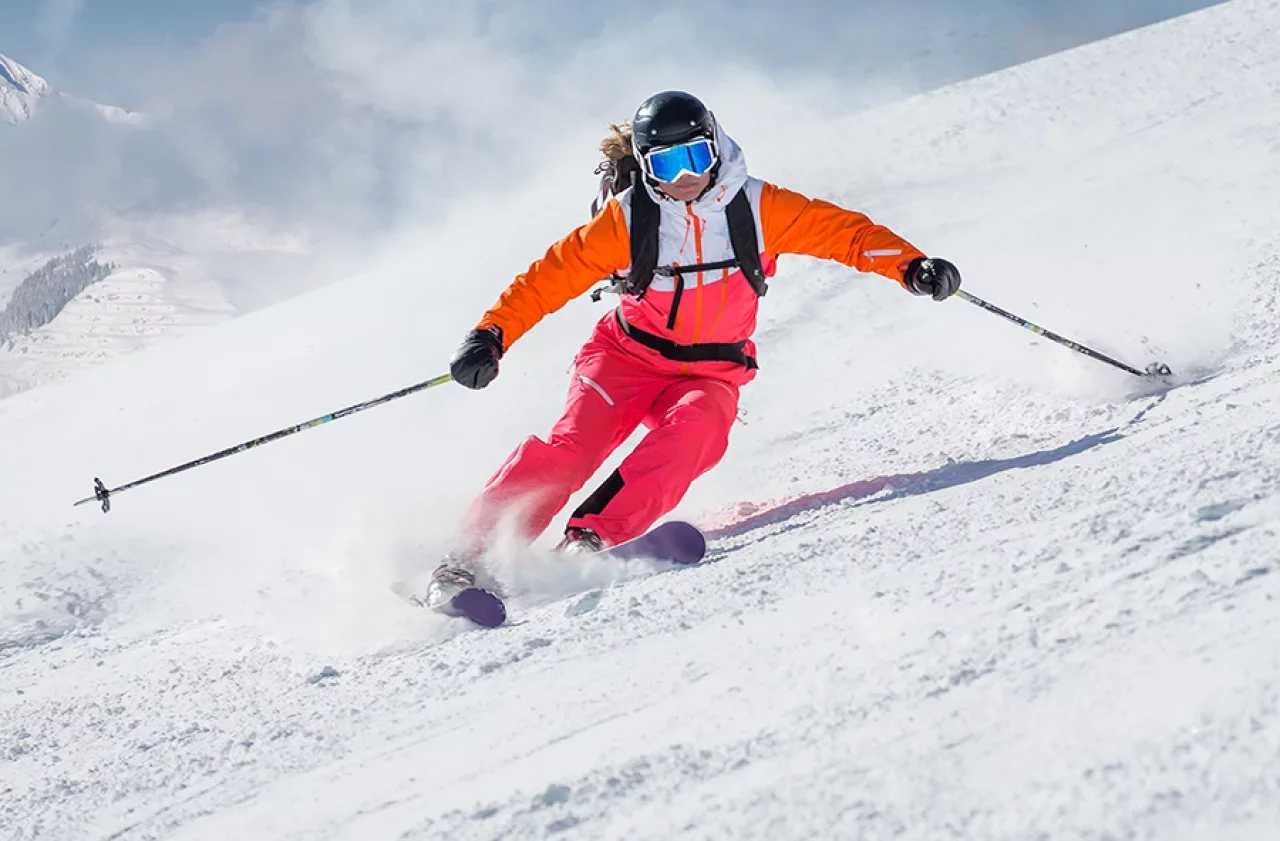
Sports Massage Series:
The Benefits of Sports Massage for Skiers
We really enjoy skiing, and have lots of fun doing it. But we also know that no matter what skiing level you are, there is the potential to get pains, soreness or injuries. Below we discuss the causes of the most common injuries and pains that can occur from skiing, and how sports massage can help!
KNEES
Many skiing related knee injuries are caused by falling, and the skis not releasing. Another cause is that due to the body mechanics of the sport, the knees are put under a lot of stress and so are susceptible to injury. Sports massage can be extremely beneficial to either compliment a rehab programme or to simply aid in recovery post-holiday! It can help with knee pain relief as it releases muscle tension and stretches shortened muscles that may be contributing to the knee pain.
CALVES
While you are skiing, your calf muscles are contracting every time you flex forwards into your ski position, which is a lot! If your calf muscles are already tight and they are being stretched to the max, which they may not be used to, they will eventually become tired and painful. This is where sports massage comes in useful - massage blood flow stimulation is induced, micro-stretching the muscle and releasing areas of spasm (removing muscle knots) in the muscle. The other benefit in the latter stages of a calf injury recovery is to soften the newly formed scar tissue in order to help align the newly laid fibres to encourage effective muscle healing and prevent re-injury.

QUADS
As you’re bending your knees so often whilst skiing, especially when skiing on off-piste terrain which is more demanding and therefore more taxing on your quadriceps, this in turn produces tired and aching quads. Alongside falling or leaning backwards, which are all common movements during skiing, it places your quads under almost constant contraction. Sports massage aids in relieving these overused muscles by helping loosen the muscles which have seized up and become tight. The massage also increases the temperature in the muscles, which helps with loosening scar tissue which can cause muscle restrictions. Loosening scar tissue allows fibres to be realigned and increase range of movement which in turn reduces pain. Furthermore - whilst relieving tension, stress and tightness - it allows muscles to relax, stimulates the lymphatic system (which are a series of lymph vessels that aid in removal of waste products back into the blood in order to be removed from the body), the quickened removal of these waste products enables muscles to be relieved of tension and tightness caused as a result of injury.
ARMS
We all know that falling is inevitable in a sport such as skiing, even the best skiers fall! And so is our natural reaction to reach out our arms in front of us to stop our fall. However, doing so means the impact strikes ones arm and passes up into the shoulder, which often results in injury. This impact can put pressure on the shoulder joint, twisting it or causing tears and ruptures in muscles and tendons. An arm massage is focused on the muscles that make up the upper and lower half of the arm. We use a range of techniques such as deep strokes, frictions and lymphatic drainage methods to help with delayed onset muscle soreness and to reduce muscle tightness. An arm massage also warms up the muscles to help with their range of motion and elasticity in order to improve performance and reduce likeliness of future injuries.
LOWER BACK
Lower back pain is one of the most common issues people experience. Skiing is just another aspect that can provoke it. This is due to the stress placed on the spinal vertebrae, joints and soft tissue that support the spine. Pain can develop from overuse or a stress injury. When someone is skiing, they rely a whole lot on their lower back and abdominal muscles in order to stay stable and in proper form while skiing. A lower back massage targets predominantly the latissimus dorsi, quadratus lumborum and erector spinae muscles, located around the lower half of the spine. Massage in these areas warms up muscles and increases blood and lymphatic circulation which encourages more healthy nutrients to be passed around the body, and more toxins are then removed. Muscle tightness and tension is relived as tissue elasticity is improved. With massage, as the temperature of the muscles increases, tissue elasticity is improved, becoming looser and able to stretch further without pain.
Thank you for reading this blog, we hope you found it useful. With the ski season drawing to a close, we think this is the perfect time to get a post-skiing massage. So if you are looking for a Sports Massage near Richmond or the surrounding areas, we are here to help. You can now book a 30, 45 or 60-minute Sports Massage with Q Sports Physio at either our Kew or Gunnersbury Park clinics. Contact us on 020 8287 1962, or email info@qsportsphysio.co.uk. Thank You.